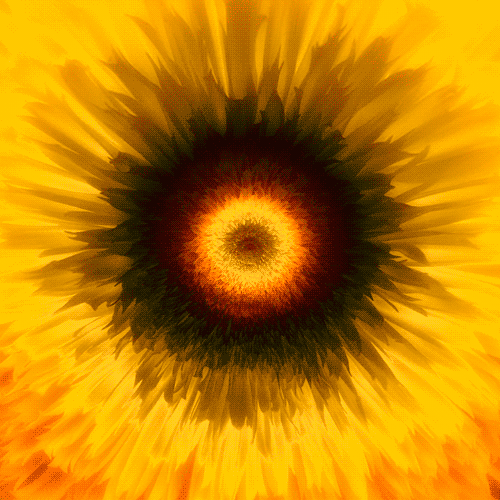Blake’s Christ-Consciousness, by Kathleen Raine

BLAKE is only known to have attended a religious service three times in his life: he was baptized, in the year 1757, at the beautiful font of St. James’s, Piccadilly. He was married in Battersea Old Church; and at his own wish, his burial service (he died in 1827) was according to the rites of the Church of England. His admiration for such dissenters as John Wesley and William Law notwithstanding, he preferred the national Church to non-conformity; perhaps in part because of his love for those Gothic churches—and especially Westminster Abbey—in whose architecture he saw the true expression of the spirit, in contrast with Wren’s St. Paul’s, which he saw as a monument to Deism and human reason. His last great work was the splendid but incomplete series of illustrations to Dante; he admired St. Teresa of Avila, and the French Quietists, Fénélon and Mme Guyon, no less than the Protestant mystics, of whom two in particular—Jakob Boehme and Emmanuel Swedenborg—were his acknowledged masters.

Blake contrasted the “Living Form” of Gothic (infinite, organic) with the cold rationalism of Wren’s “monument to Deism”: round, rational, and religious
He declared himself a Christian without reservation: “I still and shall to Eternity Embrace Christianity and Adore him who is the Express image of God” he declared. He never had any period of doubt, early or late. But what kind of Christian was our great visionary and national prophet?